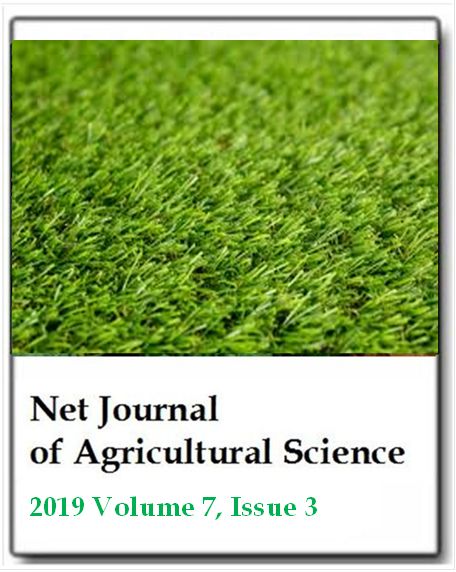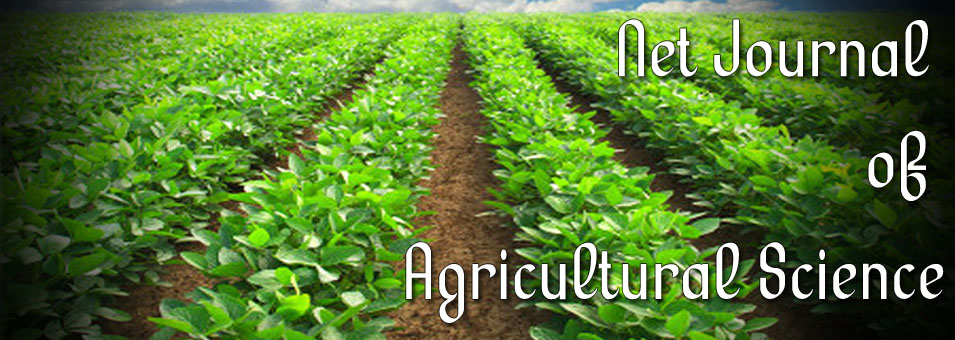Evaluation of water uptake functions under salinity and water stress conditions in turf grass
Soodabeh Seifi, Mohammad Bakhshi and Amin AlizadehNet Journal of Agricultural Science
Published: August 6 2019
Volume 7, Issue 3
Pages 85-94
Abstract
Iran is located in arid and semi-arid region in the world which is faced with drought and salinity problems in the field of irrigation. In this situation, the water productivity is lower than the global average amount. One of useful management tool is mathematical models which simulated the relationship between farmland variables (e.g. accessible soil moisture) and amount of plant transpiration. There are different mathematical models to express the reaction of plants in simultaneous drought and salinity stresses conditions and their portion in water uptake reduction. In this study, six macroscopic water uptake reduction functions are evaluated on Lolium perenne by greenhouse data, Van Genuchten (1987) (additive and multiplicative), Dirksen and Augustijn (1988), Van Dam et al. (1997), Homaee (1999) and Skaggs et al. (2006). The experiment was done as a factorial version in a random plan with four levels of salinity (0.5, 5.5, 7.5 and 10 ds/m) and three levels of drought (100, 75 and 50 percent of field capacity) and in three repetitions. The results revealed that the reaction of Lolium perenne in low salinity level to coincident salinity and drought stresses is an additive agreement, while at the salinity level above 5.5 ds/m, the multiplicative models have a better agreement. Among all multiplicative models, the models of Skaggs et al., Homaee and Van Genuchten have a finer agreement.
Keywords: Drought stress, Lolium perenne, salinity stress, water uptake model.
Full Text PDF
ISSN: 2315-9766
